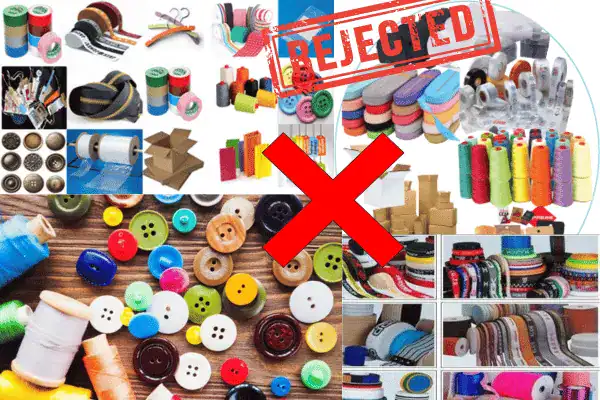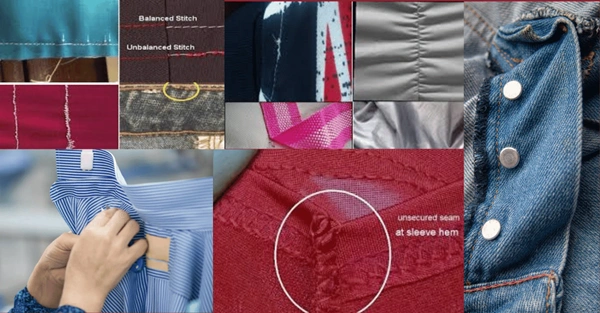SOP to Handle Non-Conformance Raw Material in Garments
SOP to Control and Handle Non-conformance Raw Material in the Garments Industry
Mainly, raw materials are fabric, trims, and accessories in the garment industry. Non-conformance goods refer to defective goods that do not meet certain quality standards, deviate from requirements, or specifications. Some rules have to be followed by garment makers to deal with supplier non-conformance of raw materials. In this article, we present the SOP to control and handle Non-conformance Raw Material in the Garments Industry.
To define the procedure for identifying, segregating, evaluating, and disposing of raw materials (fabrics, trims, accessories, etc.) not conforming to requirements so that they will not be used inadvertently in production and the subsequent quality of the end product will be ensured.

Non-conformance Raw Material handling Procedure:
- Trims and Accessories Quality Control (QC) team will check trims after in-house inspection by using the AQL chart Sampling system (1.5) of every lot/PO.
- Trims Quality check as per PDM (tech pack) and Approved Trim card.
- If this lot fails to meet per AQL standard, QC will check 50% Trims of the whole lot.
- If QC finds out more defective Trims from out of 50% check, then QC will check 100% Trims (a whole lot).
- After completing the check, QC will report to the store manager or respective merchandiser and claim the supplier for replacement via merchandising
- Communicate with suppliers for replacements/returns.
- Ensure disposition decisions (use as-is, rework, return, or scrap).
- The supplier performance record is updated in case of repeating defects.
Isolation of Non-conformance Goods
Identify each rejected material, i.e., with red tape; keep them all in an isolated red-painted area, with a visible sign, and keep a log with all details with proper documentation. Non-conformance goods must be isolated from the regular trim area, kept in red red-painted locked box. All Visual defects and rejected Goods are kept separate in the Rejected Marked Bin. The non-conforming materials should be sent to the separated Quarantine Area (properly marked). A RED REJECTED tag shall then be attached, containing the following information:
- – Material name
- – Supplier name
- – PO/GRN number
- – Description of defect
- – Quantity
Documentation system
An assigned store trims QC control reporting of non-conformance goods, and he keeps documents with the signature of the store manager. He has responsibility for Trims quality control and reporting proper way.
Leftover trims and Accessories:
After receiving comments from the merchandiser, we are disposing of or keeping separately for use in the allocated file. Every week, send the closed shipment file, leftover trims details to the merchandiser to make the decision for utilization in the next file or disposal. Excess/Returned/Leftover goods are kept separately with proper records in the designated Bin.
SOP to Control and Handle Non-conformance Raw Material in the Garments Industry.



